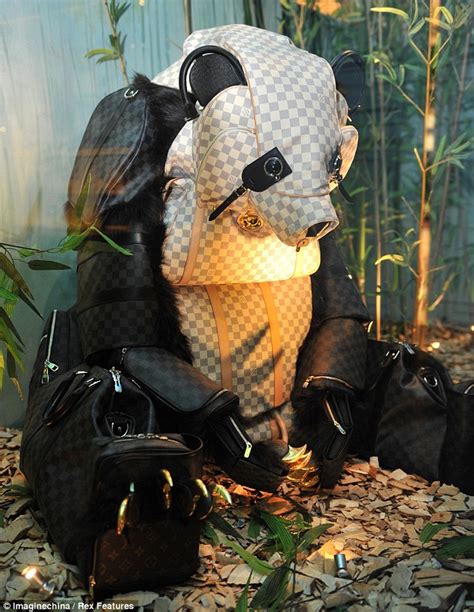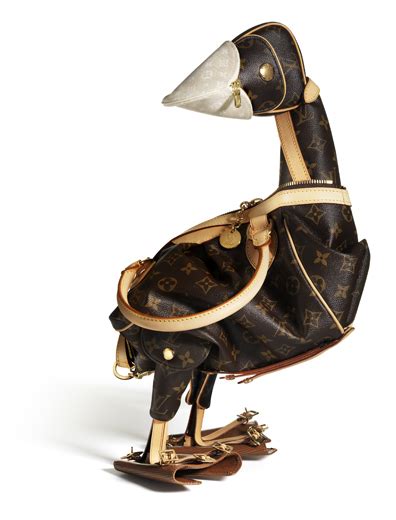louis vuitton 1800s zoo | Louis Vuitton sponsored zoos louis vuitton 1800s zoo “Did you know in the late 1800s and early 1900s, Louis Vuitton sponsored ‘human zoos’ in which black people were put on display like exotic circus animals?” This distressing message has been circulating on Facebook . A collection of the top 34 Louis Vuitton Black and White wallpapers and backgrounds available for download for free. We hope you enjoy our growing collection of HD images to use as a background or home screen for your smartphone or computer. Please contact us if you want to publish a Louis Vuitton Black and White wallpaper on our site.
0 · Louis Vuitton zoos history
1 · Louis Vuitton zoo controversy
2 · Louis Vuitton zoo aliens
3 · Louis Vuitton zoo
4 · Louis Vuitton sponsored zoos
5 · Louis Vuitton human zoos
Tiger Lily Flowers & Gifts is an award-winning Las Vegas floral and gift company in Las Vegas, Henderson, & Summerlin. Designing flower arrangements for any occasion since 1986, Las Vegas residents have voted Tiger Lily Flowers & Gifts as “Best Florist” and "Best Gifts" every year in the Las Vegas Review Journal Poll.
Louis Vuitton zoos history
Claim: In the late 1800s and early 1900s, Louis Vuitton sponsored "human zoos" in which black people were put on display like exotic circus animals. A post shared on Facebook claims that fashion company Louis Vuitton “sponsored human zoos” in the late 1800s and early 1900s. Verdict: False. There is no record of Louis Vuitton, the man or the company, sponsoring .
“Did you know in the late 1800s and early 1900s, Louis Vuitton sponsored ‘human zoos’ in which black people were put on display like exotic circus animals?” This distressing message has been circulating on Facebook .
miu miu mu 04zs vau50d
Even children and babies were treated as displays in the human zoos. This youngster was among others at the World’s Columbian Exposition . A viral claim asserts that Louis Vuitton sponsored human zoos in the 19th and 20th centuries. Louis Vuitton says the claim is false.Human zoo. A group of Igorot displayed during the St. Louis World's Fair [1][2] Natives of Tierra . In 1866, Louis Vuitton innovated again with the release of the “unpickable” .
A Legendary History. Louis Vuitton’s heritage as a trunk maker preceded even the founding of . In the late 1800s into the early 1900s Louis Vuitton sponsored human Zoo's. .
Claim: In the late 1800s and early 1900s, Louis Vuitton sponsored "human zoos" in which black people were put on display like exotic circus animals. A post shared on Facebook claims that fashion company Louis Vuitton “sponsored human zoos” in the late 1800s and early 1900s. Verdict: False. There is no record of Louis Vuitton, the man or the company, sponsoring “human zoos,” according to experts familiar with these exhibits. Fact Check:
While Louis Vuitton did participate in the fair and present products that appropriated African culture, there is no evidence the fashion brand sponsored the human zoo separately exhibited at. “Did you know in the late 1800s and early 1900s, Louis Vuitton sponsored ‘human zoos’ in which black people were put on display like exotic circus animals?” This distressing message has been circulating on Facebook in South Africa since at least February 2021. Even children and babies were treated as displays in the human zoos. This youngster was among others at the World’s Columbian Exposition in Chicago, Illinois in about 1891. Congolese man Ota Benga was treated as an . A viral claim asserts that Louis Vuitton sponsored human zoos in the 19th and 20th centuries. Louis Vuitton says the claim is false.
Human zoo. A group of Igorot displayed during the St. Louis World's Fair [1][2] Natives of Tierra del Fuego, brought to the Paris World's Fair by the Maître in 1889. Human zoos, also known as ethnological expositions, were public displays of people, usually in a so-called "natural" or "primitive" state. [3] In 1866, Louis Vuitton innovated again with the release of the “unpickable” tumbler lock. Previously many locks were able to be cracked by burglars, but Vuitton and his son, Georges, created a.
A Legendary History. Louis Vuitton’s heritage as a trunk maker preceded even the founding of the company. It was in 1837 that a 16-year-old Louis Vuitton arrived in Paris by foot and started apprenticing for Monsieur Maréchal.
In the late 1800s into the early 1900s Louis Vuitton sponsored human Zoo's. These displays came to be seen as emblematic of the racism and inhumanity underlying the colonialist mindset. Blacks were looked at as exotic circus like creatures. Here is a picture of a Louis Vuitton store exhibition in St. Louis in the early 1900s.
Claim: In the late 1800s and early 1900s, Louis Vuitton sponsored "human zoos" in which black people were put on display like exotic circus animals. A post shared on Facebook claims that fashion company Louis Vuitton “sponsored human zoos” in the late 1800s and early 1900s. Verdict: False. There is no record of Louis Vuitton, the man or the company, sponsoring “human zoos,” according to experts familiar with these exhibits. Fact Check: While Louis Vuitton did participate in the fair and present products that appropriated African culture, there is no evidence the fashion brand sponsored the human zoo separately exhibited at. “Did you know in the late 1800s and early 1900s, Louis Vuitton sponsored ‘human zoos’ in which black people were put on display like exotic circus animals?” This distressing message has been circulating on Facebook in South Africa since at least February 2021.

Even children and babies were treated as displays in the human zoos. This youngster was among others at the World’s Columbian Exposition in Chicago, Illinois in about 1891. Congolese man Ota Benga was treated as an . A viral claim asserts that Louis Vuitton sponsored human zoos in the 19th and 20th centuries. Louis Vuitton says the claim is false.Human zoo. A group of Igorot displayed during the St. Louis World's Fair [1][2] Natives of Tierra del Fuego, brought to the Paris World's Fair by the Maître in 1889. Human zoos, also known as ethnological expositions, were public displays of people, usually in a so-called "natural" or "primitive" state. [3]
In 1866, Louis Vuitton innovated again with the release of the “unpickable” tumbler lock. Previously many locks were able to be cracked by burglars, but Vuitton and his son, Georges, created a.A Legendary History. Louis Vuitton’s heritage as a trunk maker preceded even the founding of the company. It was in 1837 that a 16-year-old Louis Vuitton arrived in Paris by foot and started apprenticing for Monsieur Maréchal.

miu miu mu 54qs
The design sits atop the Louis Vuitton Monogram Print, as well as Damier Ebene and Damier Azur. Prices range from $365-$905. Contact Louis Vuitton to inquire, and if you’d like to read more about it, there is an interesting thread on this line on the PurseForum. Louis Vuitton Zippy Wallet Monogram Evasion.
louis vuitton 1800s zoo|Louis Vuitton sponsored zoos


























